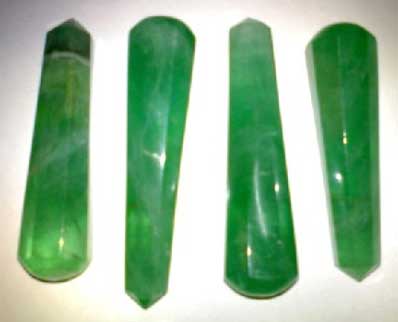Varieties of amber

Baltic amber – succinite, gedanite, stantienite and glessite.
In the century, there were six varieties of amber, and the identified subspecies helped to accurately classify the fossilized resin. In our time, such minimalism is recognized as harmful, and two and a half hundred species of fossil gem have been invented alone – and plus to them there are also classes, types, groups, categories and other factions.
What to do … The Lord, on the one hand, ordered all living things to be fruitful and multiply, on the other hand, he obliged a person to give names to everything that exists. Now, we have multiplied ourselves – now we are multiplying the products of the named labor.
Well, but seriously, gemologists are guided by the same criteria for evaluating amber, production workers – by others, mineralogists and geologists – by the third and fourth, and collectors are generally ready to invent. Therefore, the generally accepted classification of amber is primarily based on the place of extraction.
Each deposit has its own special amber
There is nothing surprising in the originality of the stone mined from geographically isolated deposits. The biogenic origin of amber implies not only the presence of differences in the plant environment that produced the resin, but also in the climatic conditions typical of the region.
True, there were some doubts about Ukrainian amber. Visually, it is indistinguishable from Baltic amber.
Inclusions, biological inclusions common in all amber in the world, helped to solve the riddle. Insects not found in northern Europe were found in Ukrainian amber. In addition, the color range of Rovno amber is much richer than the Baltic colors – which speaks of the peculiar conditions for the formation of deposits.
True, the island amber of the Caribbean Sea comes from the resins of tropical trees of the legume group, and gemologists call such fossils most often copals …
Varieties of Baltic amber
Succinite is the most voluminous variety of beautiful Baltic amber. At least 98% of the amber mined in the Baltics is succinite. The name comes from Pinus succinieferra, a pine that grew in this area millions of years ago. There are a great many subspecies of succinite, the differences lie in the features of the structure and appearance of the stone.
Gedanite- a close “relative” of succinite, originating from the same conifers. The difference is due to the different curing conditions of the pine resin. If succinite was subjected to fossilization in an oxygen-depleted environment, then gedanite has traces of weathering. It is always covered with a crust of loose colorless oxides. It contains almost no succinic acid (which in the composition of succinite is not less than 8%). Differs in hedonite and color – always dark, dirty yellow, earthy.
black and fragile. Hydromonitors, eroding layers of the so-called “blue earth” containing amber, destroy rare fragile stantienites.
Even the amber Faberge egg is decorated only with stantienite shards. It was not without reason that Nero, a lover of extreme arrogance, preferred black amber.
Glessith- the same succinite, only contaminated with foreign impurities. Like bockerite, amber is brown in color and of low hardness; as well as crancite, “immature”, soft, greenish amber, little glessite is mined. The inexpressive varieties of amber do not find jewelry application.
Succinite: the variety of species and forms is impressive
Most of all, gem-quality amber produces succinite of the “batter” variety – a transparent, yellow tone, with or without defects and inclusions. The most beautiful products are made from this stone. Honey shine, cognac tones, colors of tea infusion – what epithets do art critics choose to describe the beauty of transparent amber!
The bastard amber variety (also called “bold”, “cloudy”) is translucent and resembles either frozen goose fat or candied flower honey.
The nature of amber opacity is simple. The smallest air suspension, the smallest bubbles (up to 6000 per cubic centimeter) give the petrified bastard pine resin artistic expressiveness.
“Smoky” amber, otherwise called “flom”, is a variety, sometimes even less transparent than the “bastard” variety. Opaque smoky amber, the mass of which consists entirely of soft multi-colored streaks, is called landscape. Landscape amber is one of the most demanded varieties of precious stones.
The most expensive of the succinites is ivory amber, knoken. There are about a million microscopic bubbles in a cubic centimeter of this stone! About half of the volume of “bone” amber is gas!
The appearance of amber is a product of the interaction of natural factors during the expiration of the resin. The resin, solidified on the bark of a tree heated by the sun, lost its dissolved gases and turned into a transparent stone. Long contact with the air led to a thickening of the tone and darkening of the resin, simultaneously with the oxidation of the lost volatiles.
The resin, which received less solar heat, remained filled with a gas suspension. Air bubbles trapped in a resinous substance are usually less numerous (“bastard” variety) than carbon dioxide bubbles formed by the activity of microorganisms (“bone” amber).
Get latest Metaphysical products from our online store.
Read more bloggater.com




